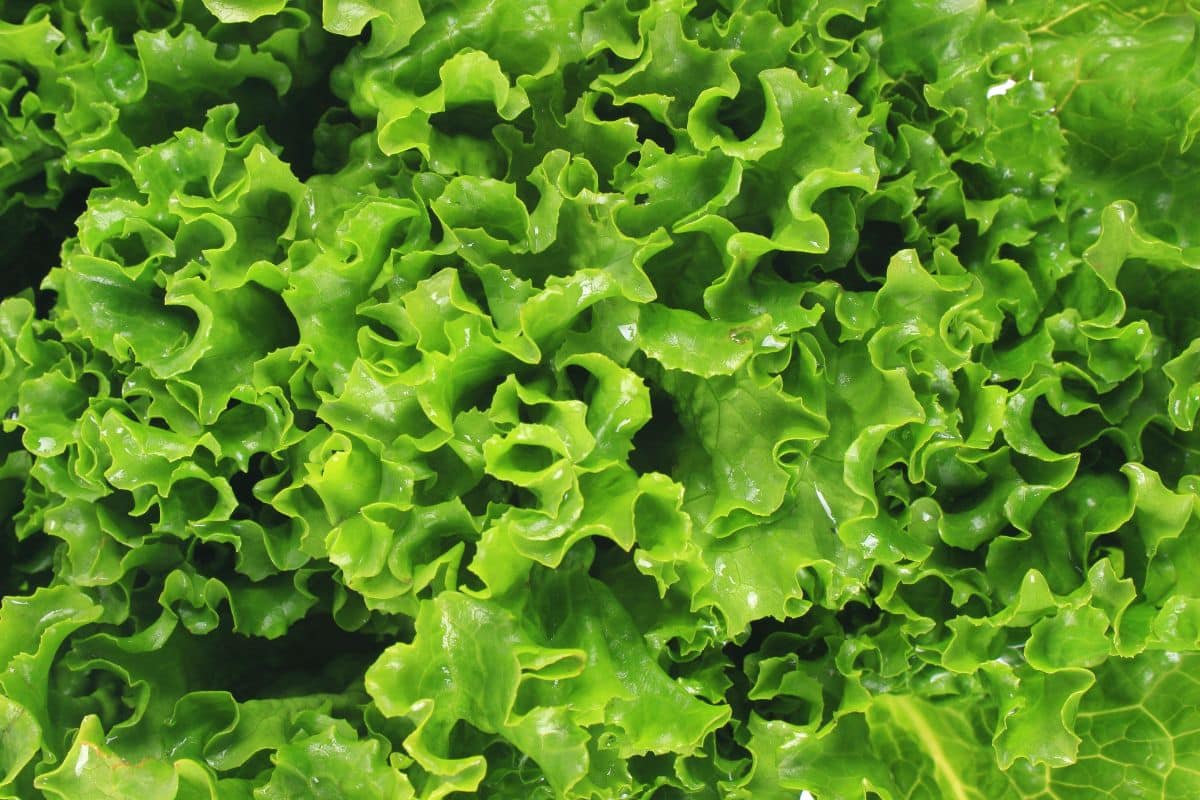Romaine lettuce stands as a popular choice for salads and sandwiches worldwide. Many health-conscious individuals carefully consider the acidity of foods they consume, especially those following specific diets or managing acid reflux conditions. Understanding where romaine lettuce falls on the pH scale can help make informed dietary choices.
Understanding the acidity of romaine lettuce
Romaine lettuce has a pH value that ranges between 5.5 and 6.7, placing it slightly on the acidic side of the pH scale but very close to neutral. This makes romaine lettuce mildly acidic to nearly neutral in nature. The pH scale ranges from 0 to 14, with 7 being neutral, below 7 acidic, and above 7 alkaline.
When compared to other foods, romaine lettuce is considerably less acidic than citrus fruits like lemons (pH 2-3) or tomatoes (pH 4.3-4.9). Its mild acidity makes it generally well-tolerated by most people, even those with sensitive digestive systems.
The specific acidity level of romaine lettuce can vary slightly based on growing conditions, freshness, and the specific variety. A visual guide to leafy greens can help you identify different varieties and understand their nutritional profiles beyond just acidity levels.
It’s worth noting that while romaine lettuce itself is mildly acidic, its effect on the body after digestion is actually alkaline-forming. This phenomenon occurs because the mineral content in romaine lettuce influences how it’s processed by the body, ultimately contributing to a more alkaline environment in the bloodstream.
How romaine lettuce affects the body’s pH balance
Despite being slightly acidic before consumption, romaine lettuce has an alkalizing effect on the body after digestion. This is because foods affect our body’s pH not based on their inherent acidity but rather on the residue they leave after metabolism.
Romaine lettuce is rich in minerals like potassium, calcium, and magnesium that help neutralize acids in the body. These minerals create alkaline byproducts when metabolized, contributing to the body’s overall alkaline reserve. For those interested in green leafy vegetables with similar properties, this guide to organic kale varieties provides valuable information about another alkaline-forming leafy green.
The alkalizing effect of romaine lettuce makes it beneficial for:
- Supporting proper pH balance in the body
- Potentially reducing inflammation
- Helping to neutralize acidic foods when consumed together
- Supporting bone health by reducing calcium leaching
- Promoting optimal enzyme function
Many nutritionists recommend maintaining a diet that consists of approximately 80% alkaline-forming foods and 20% acid-forming foods. Romaine lettuce fits perfectly into the alkaline category, making it an excellent addition to a balanced diet.
Benefits of romaine lettuce for acid-sensitive individuals
For people with acid reflux, GERD, or other conditions where stomach acid causes discomfort, food choices become crucial. Romaine lettuce offers several advantages for acid-sensitive individuals due to its near-neutral pH and alkalizing properties.
Romaine lettuce contains significant amounts of water and fiber, which help dilute stomach acid and absorb excess acid, respectively. Its crisp texture encourages chewing, which stimulates saliva production—naturally alkaline saliva helps neutralize acid in the mouth and esophagus.
Additionally, romaine lettuce is low in fat and protein, nutrients that can slow digestion and potentially trigger acid reflux symptoms. The vegetable’s naturally occurring nitrates may also help relax the lower esophageal sphincter in a beneficial way, potentially reducing reflux episodes.
Choosing USDA organic certified lettuce further ensures you’re avoiding potentially irritating pesticide residues that might aggravate sensitive digestive systems.
For those looking to incorporate more stomach-friendly foods, consider adding organic sprouts to your romaine lettuce salads for additional digestive benefits and nutritional value.
Incorporating romaine lettuce into an acid-balanced diet
Creating a balanced diet that maintains optimal pH levels can support overall health. Romaine lettuce serves as an excellent foundation for pH-balanced meals due to its alkalizing properties after digestion.
Here are numbered ways to incorporate romaine lettuce into your diet:
- Use romaine leaves as wraps instead of bread or tortillas
- Create a base for salads, adding other alkalizing vegetables like cucumbers and colorful beets
- Add chopped romaine to smoothies for an alkalizing boost
- Lightly grill romaine hearts for a unique side dish
- Include romaine in sandwiches and burgers to balance more acidic ingredients
When planning meals, pairing romaine lettuce with moderately acidic foods helps create balance. For example, a romaine salad with apple cider vinegar dressing combines alkalizing lettuce with a mildly acidic dressing, resulting in a more pH-neutral meal overall.
For those managing acid reflux, including romaine in evening meals may be particularly beneficial. Its alkalizing properties can help reduce nighttime reflux symptoms when consumed a few hours before bedtime.
Remember that food preparation methods matter too. Raw romaine maintains its nutritional integrity and alkalizing potential, while cooking may diminish some of these properties. Gentle cooking methods like quick steaming or grilling represent good compromises if you prefer warm vegetables.
By making romaine lettuce a regular part of your meal planning, you can enjoy its mild flavor while supporting your body’s natural pH balance and potentially reducing symptoms associated with excess acidity.

